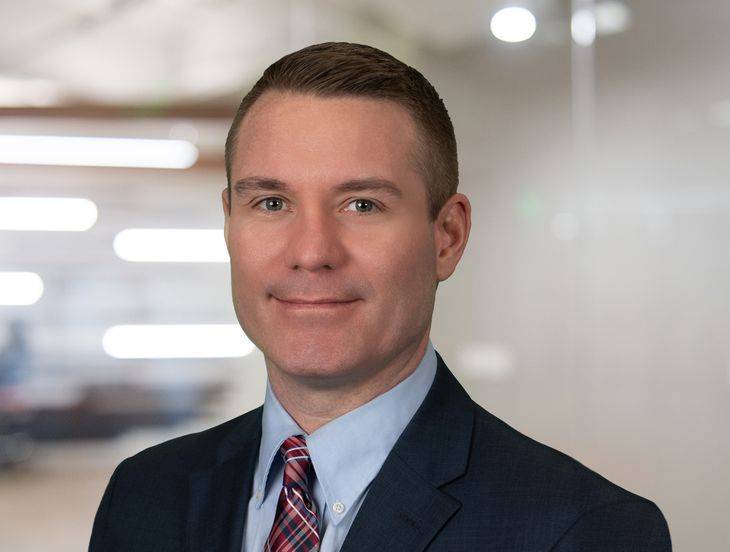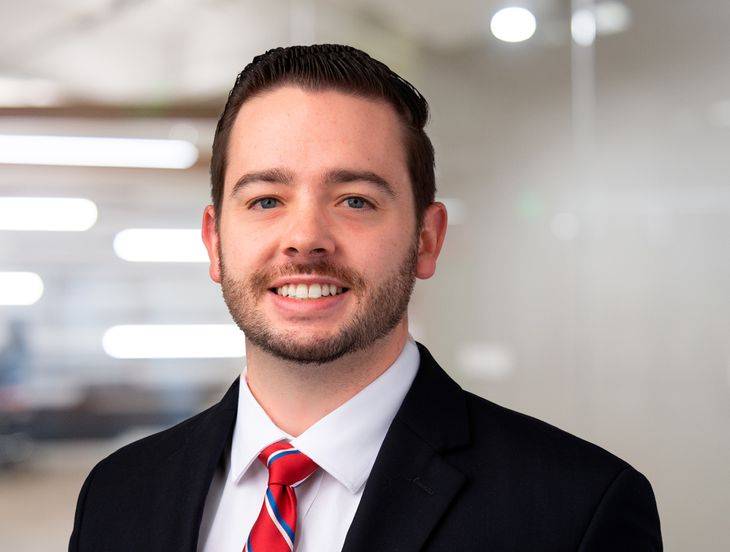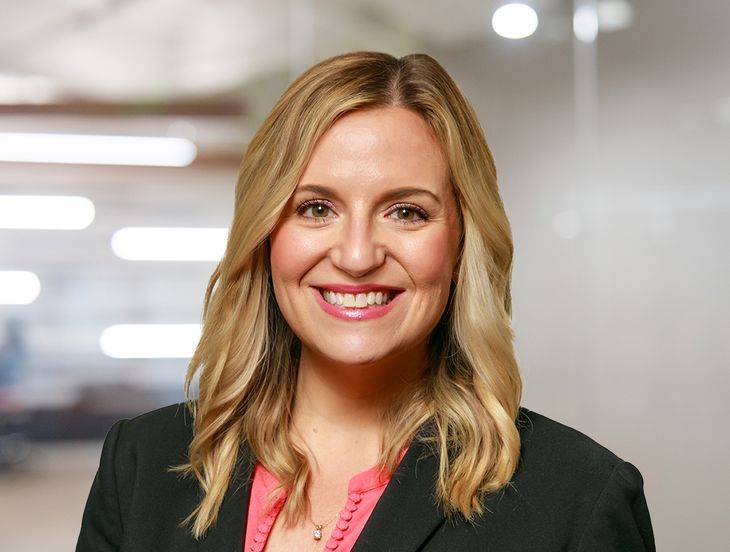Employer FAQs On Paycheck Protection Loans
Insights
4.08.20
The Coronavirus Aid, Relief and Economic Security (CARES) Act provides much-needed economic relief to businesses impacted by the COVID-19 crisis. However, this much-needed relief comes with great confusion, particularly for small businesses aiming to take advantage of the Paycheck Protection Program (PPP). While the Small Business Administration (SBA) has revised its sample PPP loan application, issued Interim Final Rules, Supplemental Interim Final Rules (which largely addressed the SBA’s complicated Affiliation Rules), and FAQs for borrowers, employers still may have many questions.
What do small businesses need to know if they are still unsure about the process? What if a small business already applied for a PPP loan under old SBA guidance? Fisher Phillips’ SBA Loan team answers the most commonly asked questions:
Determining Eligibility For A PPP Loan
What time period is used to determine a business’ number of employees for purposes of a PPP Loan?
These loans are available for businesses with not more than 500 employees. Although the plain language of the CARES Act indicates that the 500-employee count is determined at the time a borrower applies for the loan, the SBA’s recent guidance clarified that borrowers may use their average employment over the previous 12 months or the calendar year 2019.
For seasonal businesses, the period between February 15, 2019 or March 1, 2019 and June 30, 2019 may be used. If a business was not in business from February 15, 2020 to June 30, 2019, it may use the average monthly payroll costs for the period January 1, 2020 to February 29, 2020. Independent contractors are not included in the employee count.
Do the SBA’s affiliation rules affect my eligibility for a PPP Loan?
Yes. On April 3, 2020, the SBA issued supplemental guidance on how its affiliation rules will affect organizations. First, to qualify for a loan, the borrower – without accounting for its affiliates – must not exceed the SBA size standard designated for the industry in which the borrower is primarily engaged. Second, the borrower – when considered with its affiliates – must not exceed the size standard designated for either the primary industry of the borrower or the primary industry of the borrower and its affiliates. Existing regulations outline industry size standards for small businesses.
For example, Company A wants to apply for a PPP loan. It has 350 employees and a primary NAICS code of 221111 (hydroelectric power generation), which allows for 500 employees. Company A is affiliated with Company B and Company C. Company B has 100 employees and a primary NAICS code of 221114 (solar electric power generation), which allows for 250 employees. Finally, Company C has 500 employees and a primary NAICS code of 221122 (electric power distribution), which allows for 1,000 employees.
Company A would qualify for a PPP loan. First, as the borrower, it does not exceed the SBA size standards for its primary industry. Second, when considered with its affiliates – Companies B and C – the borrower would have 950 employees, which does not exceed the highest SBA size standard for the affiliates’ primary industries (1,000 employees for electric power distribution).
Who are affiliates?
The SBA defined four tests to answer this complicated question. Control is the most critical factor when determining whether entities are affiliates.
- Ownership – An affiliation exists when an entity that owns or has the power to control 50% of another entity’s voting equity. A minority shareholder may be in control if it has the power to prevent a quorum or block action by the board or shareholders.
- Stock options, convertible securities, and agreements to merge – The SBA will treat these instruments as though the rights granted have been exercised.
- Management – An affiliation arises when the CEO or president of one organization controls the management of another organization; when an individual controls the board of directors or management of multiple organizations; or when an organization controls the management of another through a management agreement.
- Identity of Interest – Affiliation occurs when close relatives have identical business and economic interests.
The affiliation rules above do not apply to certain employers, including:
- Faith-based organizations, when the relationship with another organization is based on religious teachings or beliefs;
- Businesses in the hospitality and dining industry with an NAICS code that begins with 72 and employs less than 500 employees;
- Franchisees assigned a franchise identifier code by the SBA; and
- Any business receiving financial assistance under the Small Business Investment Act of 1958.
Do Economic Injury Disaster Loans (EIDLs) affect eligibility for PPP loans?
No. A business can apply for both an Economic Injury Disaster Loan (EIDL) and a PPP loan. However, the amount received under the EIDL loan will be factored into the loan amount available under PPP. If the borrower received an advance (up to $10,000) on the EIDL loan, those funds will be deducted from the forgiveness amount on the PPP loan.
What’s Included In “Payroll Costs”?
What time period is used to determine a business’ average monthly payroll costs for purposes of my maximum loan amount?
A business is eligible for a loan in an amount equal to its average monthly payroll costs x 2.5, or $10 million, whichever is less. A business uses the same time period it used for determining the average employee count – the average employment over the previous 12 months or the calendar year 2019. For seasonal businesses, the period between February 15, 2019 or March 1, 2019 and June 30, 2019 may be used. If a business was not in business from February 15, 20202 to June 30, 2019, it may use the average monthly payroll costs for the period January 1, 2020 to February 29, 2020.
Alternatively, a business may use the average number of employees per pay period in the 12 completed months before the date of the loan application, or, if in business for less than 12 full months, the average number of employees for each of the pay periods the business has been operational.
Can payments made to independent contractors or sole proprietors be used in the “payroll costs” calculation?
No. The SBA clarified that payments made to independent contractors or sole proprietors cannot be used in the “payroll costs,” because they may apply for their own loans. If you already applied and were approved for a PPP loan which included payments made to independent contractors or sole proprietors (based on the SBA’s April 2, 20202 guidance), your loan will not be affected.
Are Social Security taxes included in “payroll costs”?
No. Payroll costs are calculated on a gross basis, without subtracting the employee’s federal taxes which are withheld by the employer. However, the employer’s portion of federal payroll taxes (such as Social Security and Medicare) are not included in “payroll costs,” and similarly, PPP loan funds cannot be used to pay the employer’s portion of federal payroll taxes. Employers are still required to submit the employer’s portion of federal payroll taxes to the IRS.
What about employees who make more than $100,000 per year? Are they included?
Yes, but only up to $100,000, as prorated during the eight-week period following receipt of the loan funds. If an employee makes $150,000 on an annual basis, you may only count $100,000 (on an average monthly basis) toward your loan eligibility amount and similarly can only use the PPP loan funds on a maximum of $100,000 per employee, as prorated during the eight-week period. Of note, only cash compensation is considered when determining whether an employee earns $100,000 annually. Non-cash benefits, such as employer contributions to retirement plans and health insurance premiums, are not included in the calculation.
Permissible Use Of PPP Loan Funds
During what time period can the loan funds be used?
PPP loan funds may be used in the eight-week period following receipt of the PPP loan funds.
What can the PPP loans be used for?
They can be used for payroll costs, group health care benefits, vacation, family, sick, or other leave, retirement contributions, state and local taxes, rent, utilities, and interest on other debt obligations. A PPP loan may be used to refinance an EIDL loan granted between January 31, 2020 and April 3, 2020. Businesses may pay mortgage interest, rent, water, gas, electric, telephone, and internet during that 8-week period. However, they are prohibited from making advanced payments on any of these items and there is a 25% cap on the use of PPP loan funds for expenses other than payroll.
UPDATED QUESTION & ANSWER (May 6, 2020)
Will the loan forgiveness amount be reduced if we offered to rehire the same employee we laid off, but the employee declined the offer?
No. The SBA is issuing supplemental guidance on how employees declining to be rehired will affect loan forgiveness. Laid-off employees whom the employer offered to rehire (for the same number of hours same salary/wages and) will be excluded from the CARES Act’s loan forgiveness reduction calculation. In order to qualify for this exception, you must make a written offer of rehire, in good faith, and the employee’s rejection of that offer must be documented by you. Both employees and employers should know that employees who reject offers of re-employment may forfeit eligibility for continued unemployment compensation.
UPDATED QUESTION & ANSWER (May 6, 2020)
We applied for and received a PPP loan, but are having second thoughts about using it. What should we consider if we may want to return the loan?
The Treasury Department issued an update to “Frequently Asked Questions,” which provides in FAQ # 31 that businesses are required to “assess their economic need for a PPP loan” before submitting an application, including determining whether a borrower had “access to other sources of liquidity). This was different than the “economic uncertainty” certification as enumerated in the CARES Act. The guidance initially advised that borrowers have until May 7, 2020 to pay the loan funds back to avoid further scrutiny or other legal consequence, including criminal charges and penalties.
The Treasury Department subsequently issued another FAQ extending the safe harbor period to return PPP funds from May 7 to May 14, with additional guidance promised before May 14. If you were contemplating returning the PPP loan, it is prudent to wait for this additional guidance. Borrowers do not need to apply for this extension. This extension will be promptly implemented through a revision to the SBA’s interim final rule providing the safe harbor.
Conclusion
The SBA, Department of Labor, and the IRS continue to issue new guidance regarding the CARES Act and the Payroll Protection Program. Fisher Phillips’ SBA Loan Team will continue to monitor the ever-changing COVID-19 situation and provide updates. Make sure you are subscribed to Fisher Phillips’ Alert System to get the most up-to-date information.
For further information, contact your Fisher Phillips attorney, or any member of our COVID-19 Taskforce. And again, if you need to tap into the Fisher Phillips team of attorneys prepared to assist with the loan process, contact your Fisher Phillips attorney or the head of our SBA Loan Team. You can also review our nationwide Comprehensive and Updated FAQs for Employers on the COVID-19 Coronavirus and our FP Resource Center For Employers, maintained by our Taskforce.
This Legal Alert provides an overview of a specific developing situation. It is not intended to be, and should not be construed as, legal advice for any particular fact situation.
Related People
-
- Patrick W. Dennison
- Partner
-
- Nicholas S. Hulse
- Partner
-
- Samantha J. Monsees
- Partner


